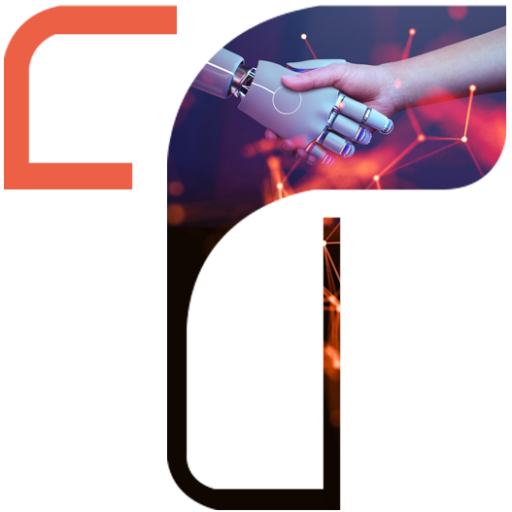What Large Language Model Should I Use: Proprietary or Open-Source?
Introduction:
As organizations integrate advanced AI capabilities into their business applications, selecting the right Large Language Model (LLM) is important. With many options and continuously evolving AI technologies, there is a dilemma whether to implement proprietary LLM or Open-Source LLM.
The selection of a Proprietary or an Open-Source LLM can impact various aspects of an organization including operations, innovation, outcomes, and costs. Let’s delve into which model type is best suited for your business needs.
Understanding Proprietary vs. Open-Source Language Models:
Proprietary LLMs as the names suggest commercial and patented (more likely) AI models that are developed and owned by companies. Examples are OpenAI’s GPT-4o, Gemini 1.5 from Google, Claude 3 from Anthropic, and Microsoft’s Azur Cognitive language service. These models are available as part of products, offerings, or commercial services. The IPR is always retained by the company that has built proprietary LLM and typically is not available for modification. They have costs involved for using the same through various licensing models like enterprise licensing — periodic or perpetual, subscription, SAAS-based hosted solutions, embedded or OEM, etc.
Open-source LLMs are available to the public to use with access to source code, training algorithms, and training data. Examples include OpenAI’s GPT 2.0, LLaMA 3 from Meta, DBRX Instruct from Databricks, and BLOOM from Hugging. The guiding principle for open-source LLM licensing is that it should maintain the open and collaborative spirit of the community fostering innovation. Open-source LLM licenses specify how the model can be used, and finetuned by providing additional training data and running the training process and shared. Key open-source LLM licensing models in practice are MIT license, Apache license 2.0 GNU license, and BSD license. For example, the Hugging Face transformer library is available under the Apache 2.0 license and OpenAI’s GPT-2 is available under MIT license.
Evaluating the Models:
The key considerations during the decision process largely will be as follows:

Feature Comparison Viewpoint:
This comparison provides a detailed viewpoint on how proprietary and open-source LLMs align with each evaluation parameter above, helping to inform decisions based on specific needs and contexts.

Examples of Companies Delivering Proprietary LLMs:

Examples of Open-source LLMs:

Scoring Sheet for Decision Making:
To decide which LLM to choose, assign weightage percentage based on importance and rate, and then score how well each model type meets these needs (1-poor to 5-excellent).
Below is an example of the LLM scoring sheet that can be referred to arrive at score from 1 to 5.

Engage with us:
Looking for more insights on how LLMs can transform your business or need assistance with data modernization? Contact me at hiren@trushiftdigital.com to unlock the full potential of AI together!!
